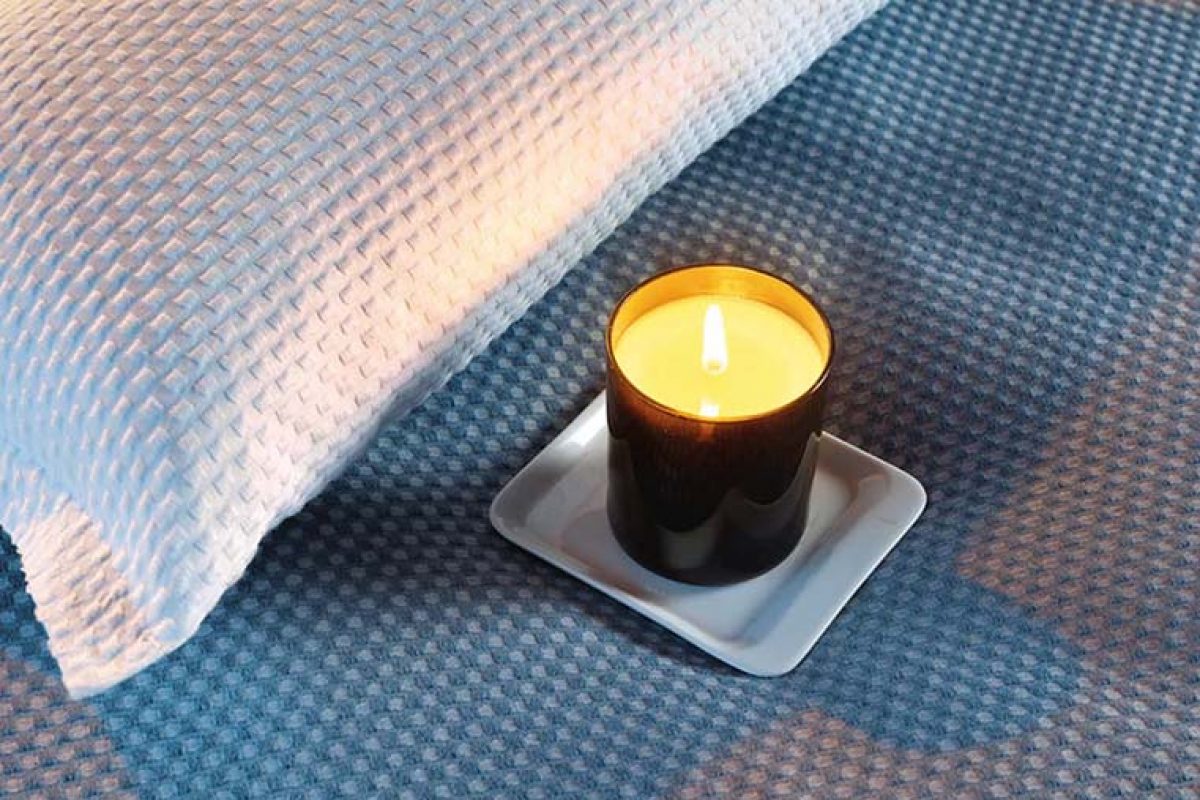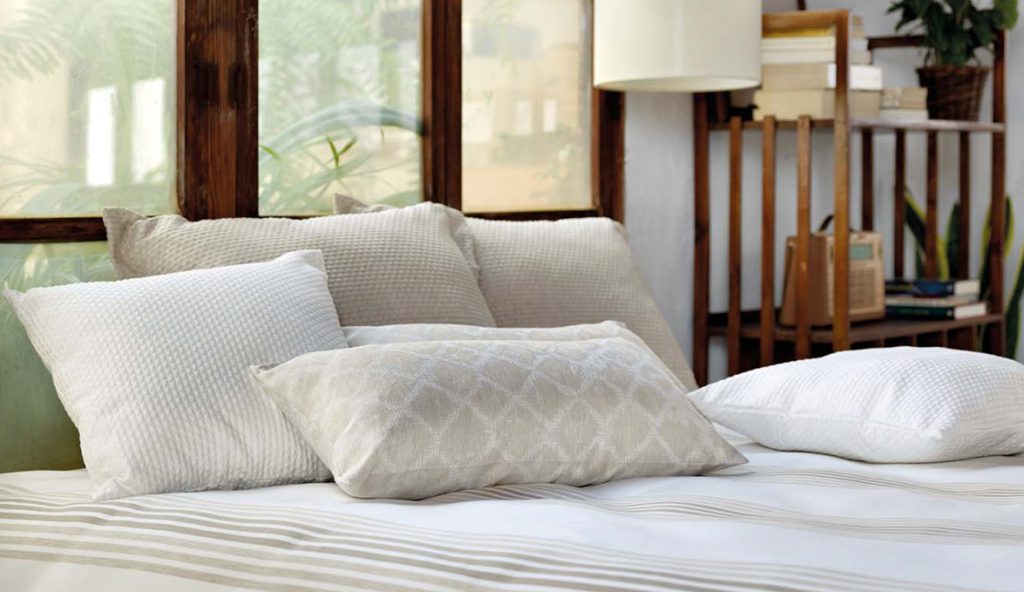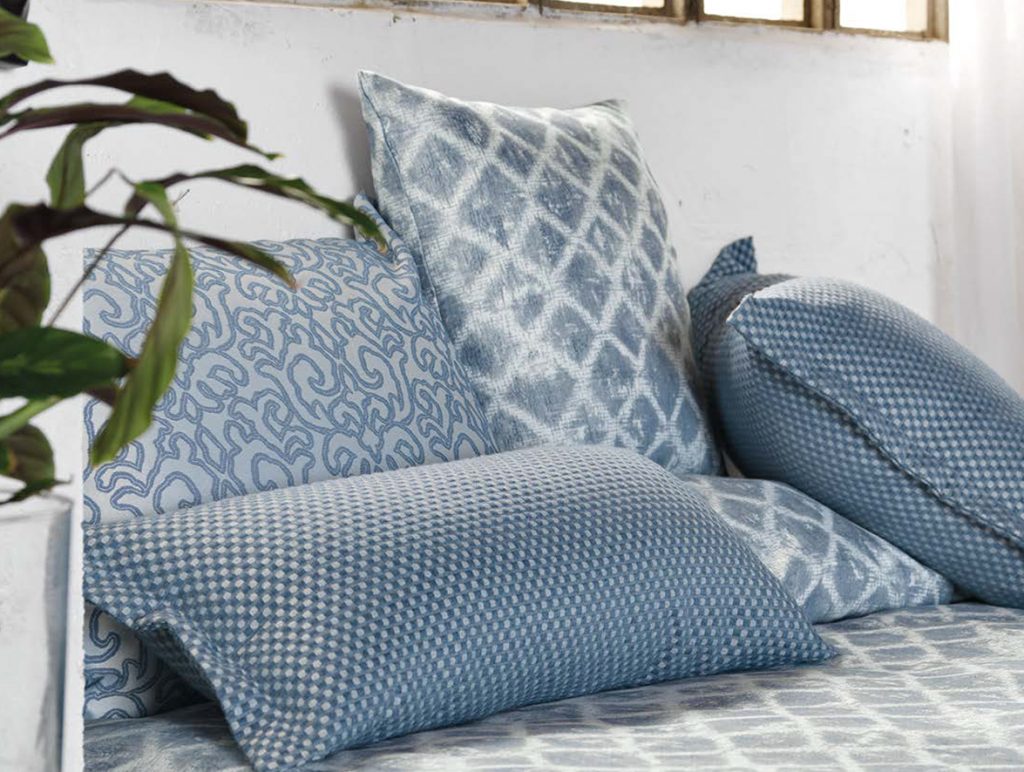Carmela Martí launches 'Posidonia', the first full collection of recycled textiles for the hospitality sector made from plastic packaging removed from our seas and oceans

The collection covers all types of decorative fabrics at hotels—from voiles and blackout curtains to quilts, cushions and plaids—that fully meet all the technical features required by the sector
Carmela Martí Decoración, the expert company in textile design and interiors for the hospitality sector, will launch its first full collection of textiles for the industry at the Hospitality Innovation Planet (HIP). Posidonia is made from recycled fibres from plastic waste collected from our seas and oceans, alongside recycled cotton fibres.
‘This collection covers all types of decorative fabrics at hotels—from voiles and blackout curtains to quilts, cushions and plaids—and meets the exact same demanding technical features required by the sector’, states Carmela Martí.
Until now, sustainable fabrics on the market were not specifically designed for the hospitality sector. The fabrics in this collection, however, offer the same technical characteristics as others made for the industry: for example, it includes a range of fireproof voiles and blackout curtains. “It represents an alternative in sustainable decorative textiles that square the consumption circle without losing out on design and functionality one bit”.
The new collection has been named Posidonia in reference to the qualities offered by its namesake Mediterranean seagrass which, in addition to having amazing properties to preserve the natural habitat, represents the benefits these new textiles represent for the environment.
Just as Posidonia is an essential element for preserving the seabed, Carmela Martí is seeking for this collection to be a pillar in transitioning towards more sustainable interior design in textiles.
The fabrics are made from two types of recycled fibres in different ratios. On the one hand, polyester from plastic bottles and packaging made from PET (polyethylene terephthalate) which, in many instances, come from waste cleaned from our seas and oceans. On the other, recycled cotton fibre taken from old cotton garments that are shredded and recycled into a new fibre.
The main advantage to these textiles is not only that they represent a way to beat one of the planet's major problems—plastic pollution—but also that the manufacture process contributes to reducing their environmental impact. In this sense, as the reused cotton is made from garments in the same material and sorted into colours, there is no need to re-dye the fabric. This represents a massive saving in water and lower use of chemicals from dyes.
Moreover, the fabrics have been certified through the Global Recycle Standard that ensures their sustainable origins and processes throughout the chain of production, in line with the UN's 2030 Agenda and Sustainable Development Goals (SDGs).
Visit the Carmela Martí website
News Infurma:
Online Magazine of the International Habitat Portal. Design, Contract, Interior Design, Furniture, Lighting and Decoration
